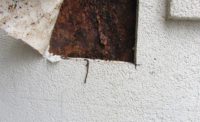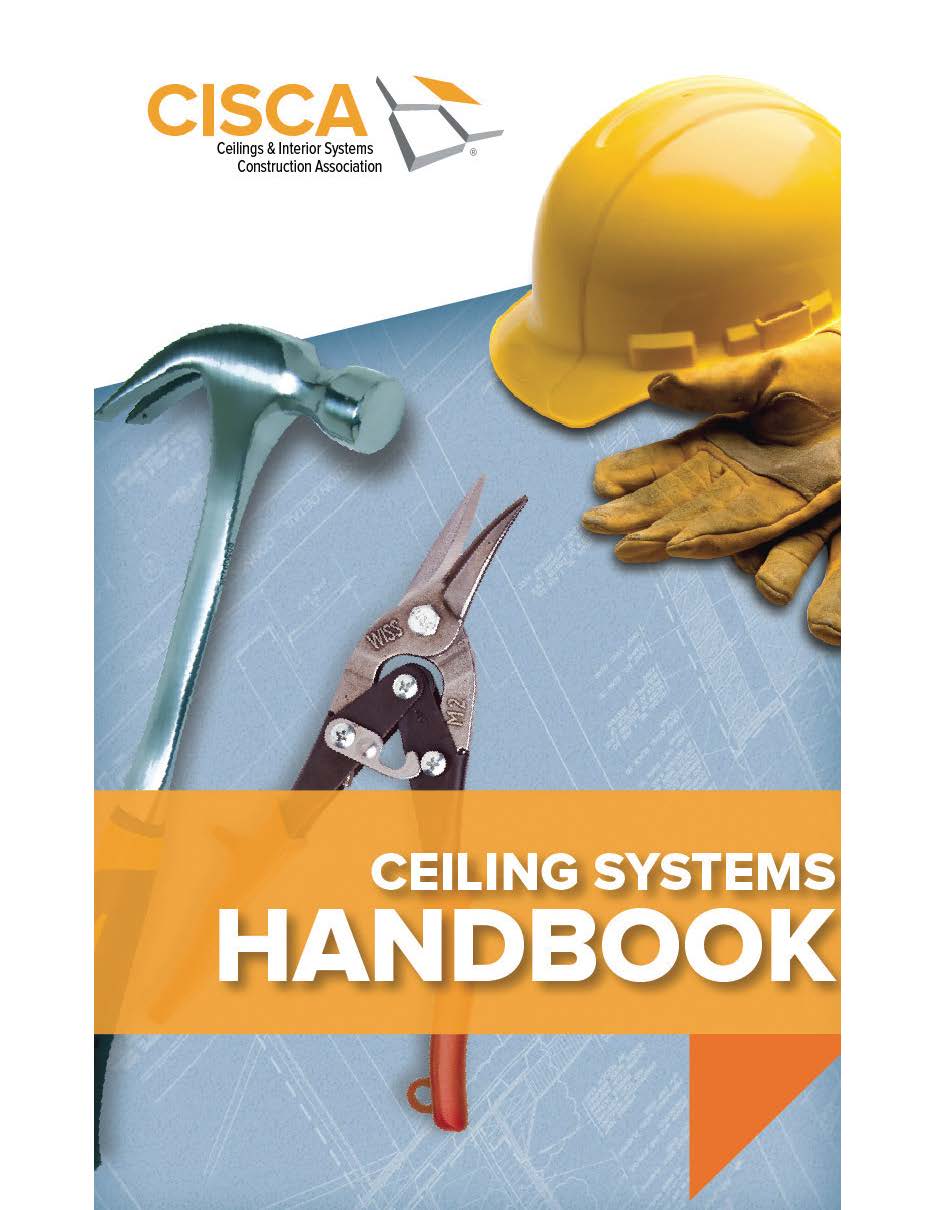THIN MIL VS. THICK MIL Air Barrier Systems: COULD THIN MIL BE A BETTER CHOICE?
A DEEPER LOOK INTO THE TWO TYPE OF WRBS IN THIN- AND THICK-MIL APPLICATIONS.








Building designers across the U.S. would agree that it is crucial to select an appropriate weather (air, vapor, and water) resistant barrier in accordance to the standard code, to prevent water infiltration, and to control air leakage in a building envelope. There are three main types of WRB membranes that are commonly used: self-adhered, fluid applied, and mechanically fastened. In regard to fluid applied vapor permeability, there are two types of WRB: vapor permeable and non-permeable. This article will discuss fluid applied VP and NP membranes in thin and thick mil applications and highlight the advantages thin mil applications have over its thicker counterpart.
In manufacturing, mil thickness is a common measurement unit to describe the thickness of materials in thousands of an inch (1 mil = 0.001 inch). Thin mil systems generally refer to mil thickness of approximately 8 to 10 DFT (dry film thickness) and thick mil systems are approximately 40 to 70 DFT. Thickness and chemistry of coating formulations may affect many properties of installed systems, including air barrier assembly procedures, water leakage, weatherability, longevity, and durability.
The Fluid Applied Air Barrier, a Canadian-developed technology, originally required heavy bodied products with thick mil applications. Thin mil systems were invented approximately 18 years later out of the EIFS industry (Wolff, 2016).
Summary of Issue
Building designers/contractors have had a major long-standing dilemma about choosing the right mil thickness for their projects. Certain manufactures in the industry frown upon thin mil systems and heavily promote the more traditional thick mil systems. There is a common misconception that thicker membranes would have advantages over thinner membranes. Granted, at hicker mil should make the building envelop more durable, in theory.
However, in reality, membrane thickness is not the sole attribute to consider when selecting a WRB system, rather, ultimate performance, longevity within the wall cavity, and application properties of the membrane should be taken into consideration. Despite a few advantages associated with a thick mil air barrier system, in most cases a thin mil WRB is a fine option, or even be a better choice to prevent air permeance into abuilding. Thin mil systems have following advantages:
• They can be used as a durable UV, weather and washout resistant barrier in rain screen applications (continuous UV exposure including rain screens may require more mils).
• The thin mil barrier systems’ modern modified polymer technology/hybrid chemistry (i.e. STPU, STPE, silicone). Most thick mil systems still use older acrylic/bituminous chemistry as a base.
• They are asphalt-free and environmentally friendly.
• They feature primerless single coat application for reduced labor costs and material savings.
There is often a false sense of security associated with thick mil WRB. For instance, some thick mil manufacturers fail to mention that regardless of mil thickness, water will pass through an opening or a hole. When there is a hole caused by a penetration, under extreme conditions leaks may occur regardless of the barrier thickness. If water finds a penetration, there is no measurable difference if the penetration is through thin or thick milFAAB (GP, 2019). In addition, when either thin or thick mil coatings are applied over a sheathing material, the joints should be sealed with other high-quality sealants. As a result, moisture penetration is not determined by mil thickness.
Why Thin Mil Air Barrier Systems Might Be the Better Option
PERFORMANCE CONSIDERATIONS:
• Older Acrylic And Bituminous Technologies Vs. Newer Modified Polymer Technologies:
o Rubberized Asphalts (Bituminous Coatings) were among the first technologies used in fluid applied thick mil barriers (up to 100 mils). The polymer/asphalt blend in the formulation makes these coatings susceptible to fail NFPA285 requirements. On the other hand, newer hybrid STPU/ STPE technology based thin mil meets NFPA285 requirements (Saul, 2015).
o Acrylics (Including Latex) have been used as medium mil (20-30 DFT) air barriers in roof and elastomeric wall coating applications. In many cases, low solid content and associated shrinkage may result in more than one coat application requirements to achieve the recommended mil thickness. In addition, emulsifiers included in many formulations lead to poor hydrolytic stability and reduced ultimate durability of the coatings when exposed to high moisture levels within the wall cavity. While acrylic/bituminous technologies may still be used in low rise residential buildings, some manufacturers are embracing chemistries without these limitations (Saul, 2015).
o STPs (STPE/STPU) are fairly recent phenomena in the sealant industry and have been used as successful construction sealants. These innovative, environmentally friendly technologies essentially combine the strength and durability of polyurethanes with the excellent weather resistance of silicones making them new industry leaders for superior adhesion, flexibility, and structural integrity. Modified STPU/STPE chemistries allow for thin mil fast moisture-cured, isocyanate free, 100% solids, low VOC, UV stable, water-resistant air and vapor barriers.
• Solids Content: High solid content in most thin mil coatings make them significantly better choices than lower solids thick mil coatings. Higher solid content essentially means more materials, and less water/ solvent evaporation during curing processes.
• Elastomeric Properties: Thin mil systems with STPE/STPU backbones ensure excellent elasticity, making them high performing and durable products. The ability of air barrier membranes to accommodate the expansion and contraction during typical exposure conditions is characterized by elongation at break (ASTM D412). Higher elongation automatically does not mean better elastic properties. Rather, a combination of physical properties, including elongation and recovery to determine the “elastomeric behavior” of a coating/sealant (Dupont, 2017).
• Crack Bridging: Polymeric thin mil coatings (STPE/STPU backbone) have excellent low temperature crack bridging capability (in accordance to ASTM C1305), wherein thick mils (rubberized asphalt chemistry) have been associated with some problems including cracking, wrinkling, melting, and blistering (Saul, 2015).
• Compatibility With Other Building Materials: STPU/ STPE chemistries in thin mil systems allow enhanced compatibility with a diverse selection of wall components. Bleeding in rubberized asphalt membranes (present in many thick mil barriers) has been a concern in the industry as its incompatibility with other materials may result in coatings to peel off the substrate and flow out of the wall system. In such cases, an additional bleed blocker primer or other barrier film or sealant may be needed to solve the problem. When asphaltic materials come in contact with soft PVC or plasticizer in a sealant or coating formula, the asphaltic materials are solubilized and convert into a flowable liquid. It is advised that bituminous air/vapor or waterproofing membrane is substituted with a membrane that does not contain asphalt (Metzler, 2008). Most thin mil coatings are compatible and approved to be used with asphaltic self-adhered membranes, adhesives, coatings, and sealants.
• Flammability (NFPA 285): According to Carlisle’s The Next Generation of Membrane Air Barriers, some materials (especially popular thick mil~40 WRB made from rubberized asphalt or synthetic rubber) are just too flammable to go into wall assemblies, because the qualities that make the products superior, often make these highly flammable. As a result, manufacturers/designers tend to move towards more cost and energy efficient hybrid-based thin mil systems.
APPLICATION CONSIDERATIONS:
• Single Vs. Multiple Coats: Most thin mils are applied in a single primerless application saving labor costs. These durable elastomeric weatherproofing membranes provide two or three times the coverage rates of other fluid applied products.
• Low Temperature Application: Many thin mils can be applied in extremely low temperatures, making them flexible to work with during inclement weather (i.e. during winter). Most acrylic based thick mil systems will require a minimum application temperature of 40 degree Fahrenheit.
• Sequencing/Schedule Impact: In the event of compressed deadlines, thin mil system applications are better choices than thick mil applications in order to save time and cost. Thin mil systems eliminate construction delays due to the ability to apply materials during inclement weather conditions (also can be applied on damp substrates and green concrete). These applications can be done without a primer making installation faster than many thick mil systems.
• Air Flow Resistance: Furthermore, air/weather barriers must resist air flow and shed water—not resist hydrostatic head (like thick mil below-grade waterproofing). Thin mil materials fulfil this requirement.
• Screw/Nail Sealability: Fluid applied air barriers have some superior qualities, including nail and screw sealability. However, regardless of the mil thickness of WRBs, materials are not “self-sealing” (meaning they do not contain cold flow properties). When the nail is removed, the hole made from a penetration does not automatically disappear or level up (Saul, 2015).
Conclusion
In conclusion, fluid applied air barrier systems for building envelope technologies are expanding in use and ever growing. Based on the technologies/chemistries available today, it is understood that most coatings will perform based on the chemical, mechanical, and rheological properties of formulations, rather than based solely on thickness. Regardless of mil thickness, some coatings are superior performers than others due to the advanced technologies (i.e. STPU/STPE). Asphalts are highly flammable and present safety hazards as well as compatibility issues due to bleeding. Acrylics have low-crack bridging abilities at low temperatures, questionable durability, and inconsistent performance properties. Hybrid technologies (STPE/ STPU) have erased these problems by fusing best properties of silicone (weatherability and flexibility) and urethane (strength and durability) in one package.
Looking for a reprint of this article?
From high-res PDFs to custom plaques, order your copy today!













